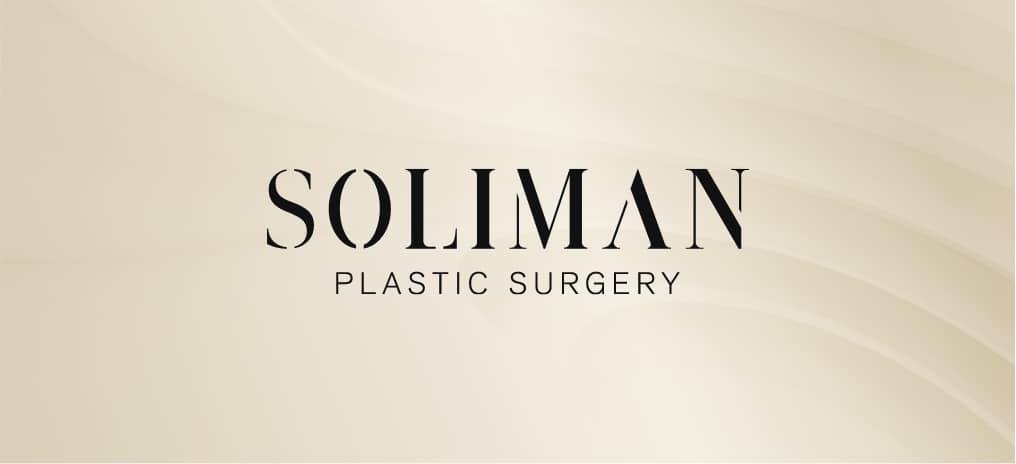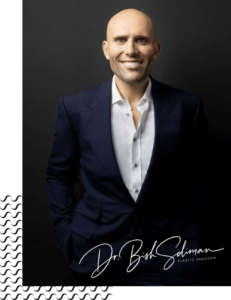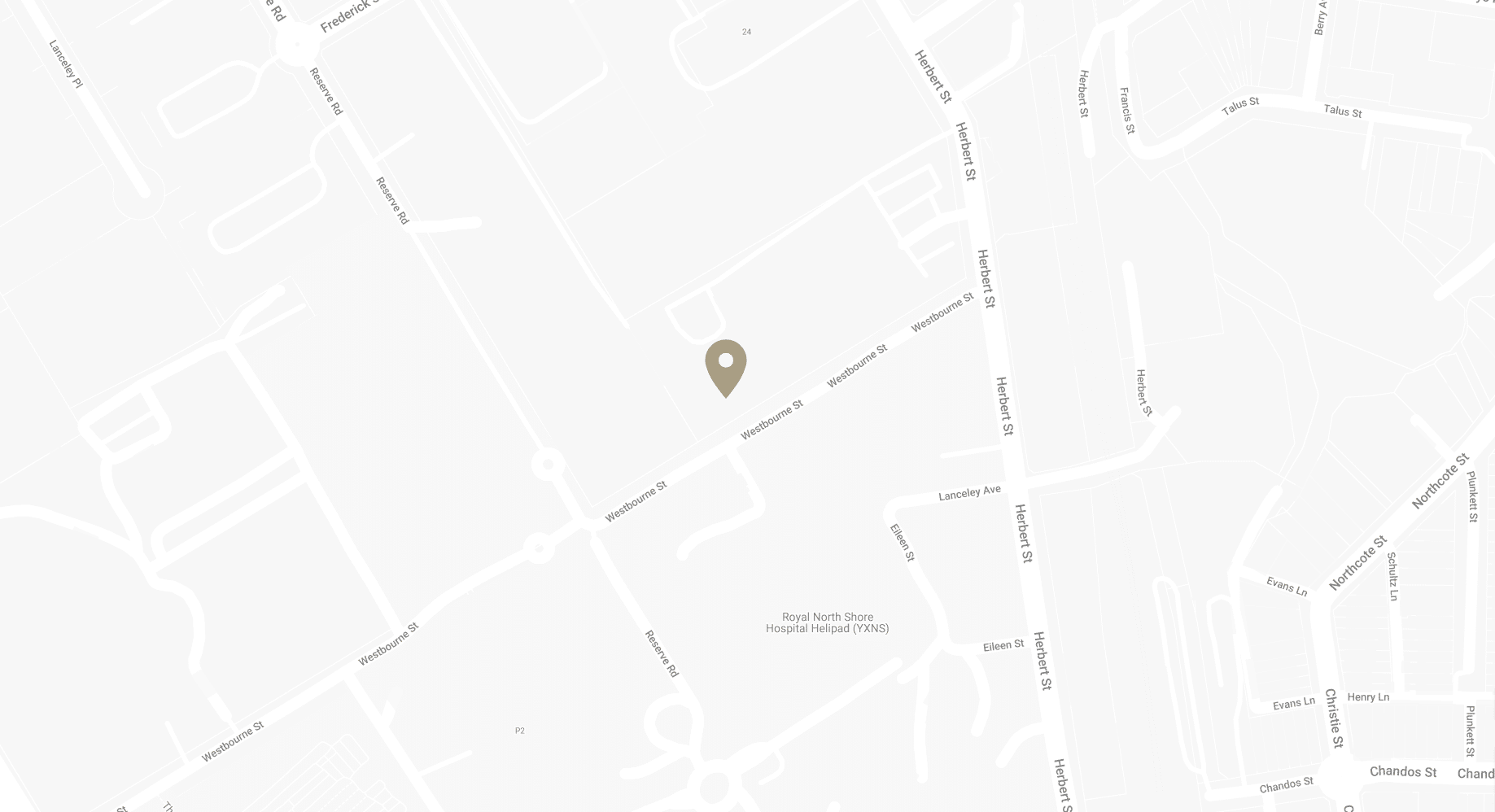Will Medicare Cover my Eyelid Surgery
When considering eyelid surgery/blepharoplasty in Australia, it’s essential to understand the role of Medicare in covering the costs. Medicare, Australia’s public health system, offers coverage for a range of medical procedures and treatments. However, the specifics of what is covered, especially for procedures that can be seen as elective or cosmetic, can be complex. For anyone contemplating eyelid surgery, an understanding of Medicare’s cover for blepharoplasty criteria is vital. Will Medicare cover my eyelid surgery is a very common question.
In this blog, Sydney Specialist Plastic Surgeon Dr Bish Soliman will provide an in-depth analysis of the coverage that Medicare Australia offers for Blepharoplasty, also known as eyelid surgery.
Download Dr Bish Soliman Blepharoplasty Guide

How Does Medicare Work?
Medicare is Australia’s universal health care scheme. Established to provide Australians with accessible and affordable health care, Medicare is funded by taxpayers and offers a range of medical services and treatments to all Australian citizens and permanent residents.
At its core, Medicare is designed to ensure that everyone has access to necessary health care without excessive costs. It covers a significant portion of the cost for many medical services, including doctor’s visits, hospital treatments, and a portion of prescription medicines. This public health insurance scheme is a safety net, ensuring that essential medical care is not a privilege but a right for all Australians.
The scope of Medicare is broad, covering everything from routine check-ups and preventative care to more complex and costly medical procedures. However, it’s important to note that while Medicare provides coverage for many healthcare needs, it doesn’t cover everything. Certain treatments and services, particularly those considered elective or cosmetic, are often not included under Medicare.
General Coverage under Medicare
Generally, Medicare will cover part or all of the costs for seeing a general practitioner, specialist consultations (if referred by a doctor), tests and examinations by doctors (like X-rays and blood tests), eye tests performed by optometrists, and most surgical procedures performed by doctors.
But Medicare has limitations. It does not typically cover ambulance services, most dental exams and treatments, glasses and contact lenses, hearing aids and other appliances, home nursing, or physiotherapy, occupational therapy, speech therapy, eye therapy, chiropractic services, podiatry, psychology services, and acupuncture (unless part of a doctor’s consultation).
In the context of surgeries like blepharoplasty, Medicare’s coverage can be particularly nuanced. The key distinction lies in whether the procedure is deemed medically necessary. For instance, if blepharoplasty is needed to correct vision impairment, it may be covered, but if it’s purely for cosmetic reasons, it likely won’t be. This differentiation is crucial and often requires thorough documentation and consultation with healthcare professionals.
Does Medicare Cover Blepharoplasty Surgery?
When it comes to eyelid surgery, or blepharoplasty, Medicare in Australia has specific criteria that determine whether the procedure is covered. Understanding these criteria is key to assessing whether you can receive financial support for this surgery.
Specific Conditions for Coverage
Medicare’s coverage for eyelid surgery hinges on the principle of medical necessity. The procedure must be needed for more than just improving appearance. It’s essential for the surgery to address a medical condition or a functional impairment.
One of the primary conditions that may qualify for Medicare coverage is when the eyelids cause significant visual impairment. This typically means that the eyelids are obstructing your field of vision, which can affect your ability to perform daily tasks safely and effectively. It’s not enough for the eyelids to be slightly drooping; they must significantly impede your vision.
Another qualifying factor is the presence of a condition that affects the functioning of the eyelids. This could include issues that prevent the eyelids from protecting and adequately moisturising the eye, potentially leading to eye health concerns.
Ptotic Eyelid Skin and Its Impact on Vision
Ptotic eyelid skin refers to the condition where the upper eyelids droop or sag due to weakened muscles or excess skin. This sagging can become severe enough to reduce the upper field of vision. In such cases, blepharoplasty is not just a cosmetic procedure but a necessary surgery to improve vision.
What You Need to Get Medicare Coverage for Blepharoplasty
If you’re seeking Medicare coverage for blepharoplasty in Australia, it’s essential to gather the right evidence to support your claim. This evidence helps demonstrate the medical necessity of the surgery, which is a key requirement for Medicare coverage. Here’s a breakdown of the types of evidence you’ll likely need.
Reports from Optometrists or Ophthalmologists
The first and perhaps most important type of evidence is a detailed report from your eye specialist – either an optometrist or an ophthalmologist. This report should clearly state the medical reasons for recommending blepharoplasty. It needs to outline how your eyelid condition is impacting your vision or eye health.
Your specialist will conduct a thorough examination and provide a professional opinion on why the surgery is necessary. This may include details on how your eyelids obstruct your vision or contribute to eye strain or discomfort. The report should be detailed, leaving no doubt about the functional need for the surgery.
Photographic Evidence
Photographic evidence can play a crucial role in your Medicare claim. Photos of your eyes, taken from different angles, can visually demonstrate the extent of the drooping or sagging of the eyelids. These photos provide a clear, undeniable representation of your condition.
When taking these photos, it’s important they accurately represent your condition without any manipulation. They should be clear, well-lit, and show your eyes both with a neutral expression and when attempting to see clearly (for example, when looking upwards).
Other Documentation
Other documentation may include your full medical history, particularly any records that relate to your eye health. If you’ve had previous treatments for your eyelids or related conditions, include this information as well.
All this evidence comes together to form a case for why blepharoplasty is medically necessary for you. It’s not just about proving that you would benefit from the surgery, but showing that it’s essential for your daily functioning and overall eye health.
Medicare Item Numbers
When you’re looking into Medicare coverage for blepharoplasty in Australia, you’ll encounter specific item numbers. In particular, item numbers 45617 and 45620 are crucial in the context of eyelid surgeries. Understanding these item numbers and what they represent can provide clarity on your Medicare coverage eligibility.
Medicare Item Numbers 45617 and 45620
Medicare uses item numbers to categorise and define medical services and procedures for billing and coverage purposes. Each procedure or service that Medicare covers has a unique item number, which helps in processing claims and determining eligibility for coverage.
In the case of blepharoplasty, item numbers 45617 and 45620 are particularly relevant. These numbers are essentially codes that Medicare uses to identify the specific type of eyelid surgery being claimed.
Item Number 45617 – Upper Eyelid Surgery
Item number 45617 relates to upper eyelid surgery. This item number is used when the surgery is performed to correct vision impairment caused by drooping of the upper eyelid. In such cases, the upper eyelid skin can sag down, leading to a reduction in the field of vision, particularly the upper field.
Item Number 45620 – Lower Eyelid Surgery
Item number 45620, on the other hand, is used for lower eyelid surgery. This type of surgery is often more associated with cosmetic procedures. However, it can also be medically necessary in certain situations. For example, if the lower eyelids are causing functional issues or contributing to eye health problems, the surgery might fall under this item number for Medicare purposes.
The use of item number 45620 in a Medicare claim signifies that the lower eyelid surgery has a functional or health-related basis. It’s important to note that proving medical necessity for lower eyelid surgery can sometimes be more challenging than for upper eyelid surgery, given its frequent association with cosmetic enhancements.
Alternative Funding Options for Blepharoplasty Surgery
Private Health Insurance
If Medicare covers your blepharoplasty and if there are significant out-of-pocket expenses, private health insurance might be a viable option. Many Australians have private health insurance that offers coverage beyond what Medicare provides. However, the extent of coverage for procedures like blepharoplasty can vary greatly between policies.
Before proceeding with surgery, check your insurance policy to understand what is covered. Some policies might cover blepharoplasty if it’s deemed medically necessary, but not if it’s for cosmetic purposes. It’s essential to read the fine print and communicate with your insurance provider to get a clear understanding of your coverage.
If your current policy doesn’t cover blepharoplasty, or if you’re considering purchasing a new policy for this purpose, compare different plans and insurers. Look for policies that offer coverage for the type of blepharoplasty you require. Also, be mindful of waiting periods which may apply before you can claim benefits for certain procedures.
Out-of-Pocket Costs
In cases where neither Medicare nor private health insurance provides coverage, you may need to pay for the surgery out of pocket. It’s important to get a clear understanding of the total cost of the procedure, including pre-surgery consultations, the surgery itself, and any post-operative care required.
Discuss the costs in detail with Dr Soliman’s team. It’s also wise to plan for any indirect costs associated with the surgery, such as time off work for recovery or additional help you might need at home during the initial post-operative period.
FAQs about Medicare Cover for Blepharoplasty
How do I know if my blepharoplasty will be covered by Medicare?
- Medicare covers some of the costs of blepharoplasty when it’s needed for medical reasons, like when your eyelids are causing vision problems. The best way to find out if your case qualifies is to talk to your GP or a specialist. They can help you understand if your situation meets the criteria set by Medicare.
What documentation do I need to provide to Medicare for coverage?
- You’ll need a referral from your GP or a specialist indicating the medical necessity of the surgery. This referral should include details about how your eyelids are affecting your vision or causing other medical issues. Medicare may also require additional documentation, such as results from vision tests.
Can I claim any Medicare benefits if I choose to have additional cosmetic work done during my medically necessary blepharoplasty?
- Medicare only covers the portion of the surgery that’s deemed medically necessary. If you opt for additional cosmetic enhancements during the same procedure, those costs will not be covered by Medicare and will need to be paid out of pocket.
If Medicare covers my blepharoplasty, will they also cover the cost of aftercare and follow-up appointments?
- Medicare often covers follow-up appointments and necessary aftercare related to the surgery. However, it’s important to check with Medicare or your healthcare provider about what specific post-surgery costs are covered under your plan.
How long does it typically take for Medicare to approve coverage for blepharoplasty?
- The approval time can vary. Once you’ve submitted all the necessary documentation, Medicare will review your case to determine eligibility. It’s a good idea to follow up with Medicare or your healthcare provider if you haven’t heard back within a reasonable timeframe.
Further Reading about Blepharoplasty with Dr Bish Soliman
- Read more about How Painful Is It to Get Blepharoplasty Stitches Removed?
- Read more about Tips to Reduce Swelling and Bruising After Eyelid Surgery
- Read more about What Are Hooded Upper Eyelids and How to Correct Them
- Read more about Recovery after Eyelid Surgery
- Read more about Blepharoplasty Surgery Page
- Read Dr Bish Soliman’s Blog about Getting Back to Exercise after Blepharoplasty Surgery
Medical References about Blepharoplasty
- Blepharoplasty | Cosmetic Surgery – Stanford Medicine
- Blepharoplasty – Mayo Clinic
- Blepharoplasty: An Overview – PMC
- Eye Lift: Blepharoplasty (Eyelid Surgery) Information -WebMD



